Welcome to my first post in this community!
First of all I'd like to say that although the photos are all taken by me, unfortunately I didn't capture them in nature... and you'll soon realise why.
As I work with domestic animals and see a considerable number of them every day, I also come into contact with the so-called "new pets" not infrequently, although more rarely. Of this wide and broad spectrum of species that are increasingly considered pets, reptiles, although not very popular, are gradually gaining ground on lagomorphs (p.e. rabbits) and rodents.
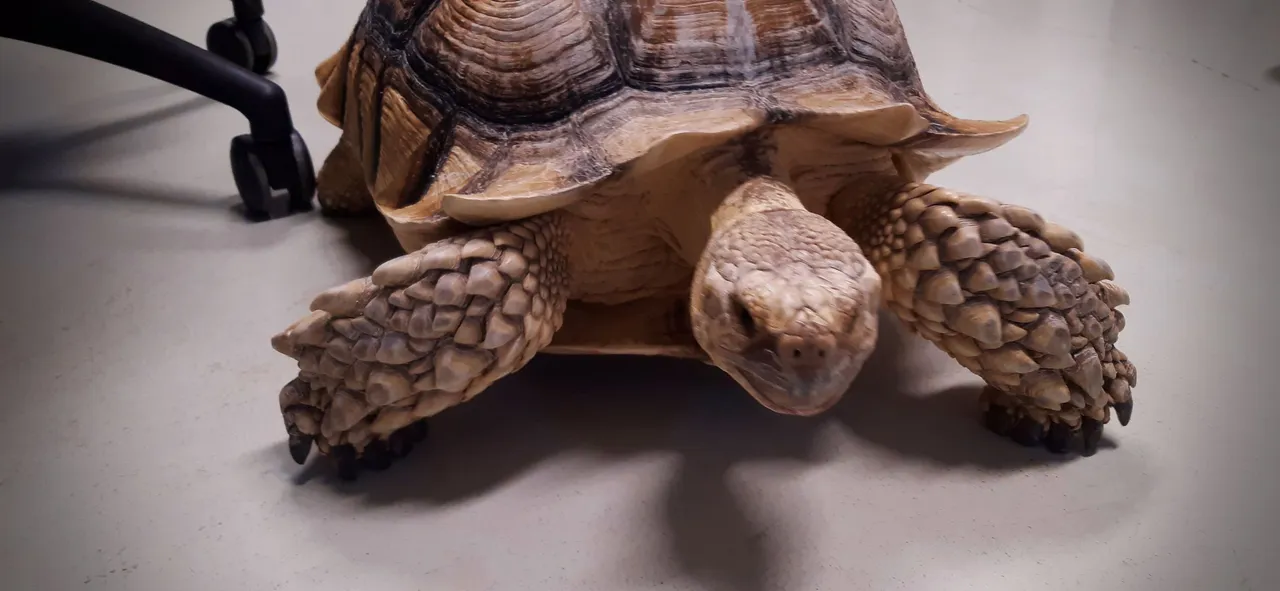
First impression and photograph were quiet impressive... you may notice the movement effect on the photograph. I haven't used flash on any photos, for the obvious reasons
Last week, in the department where I work, we received a very special patient! It's not every day that we get the chance to do a CT scan on a 21kg turtle!
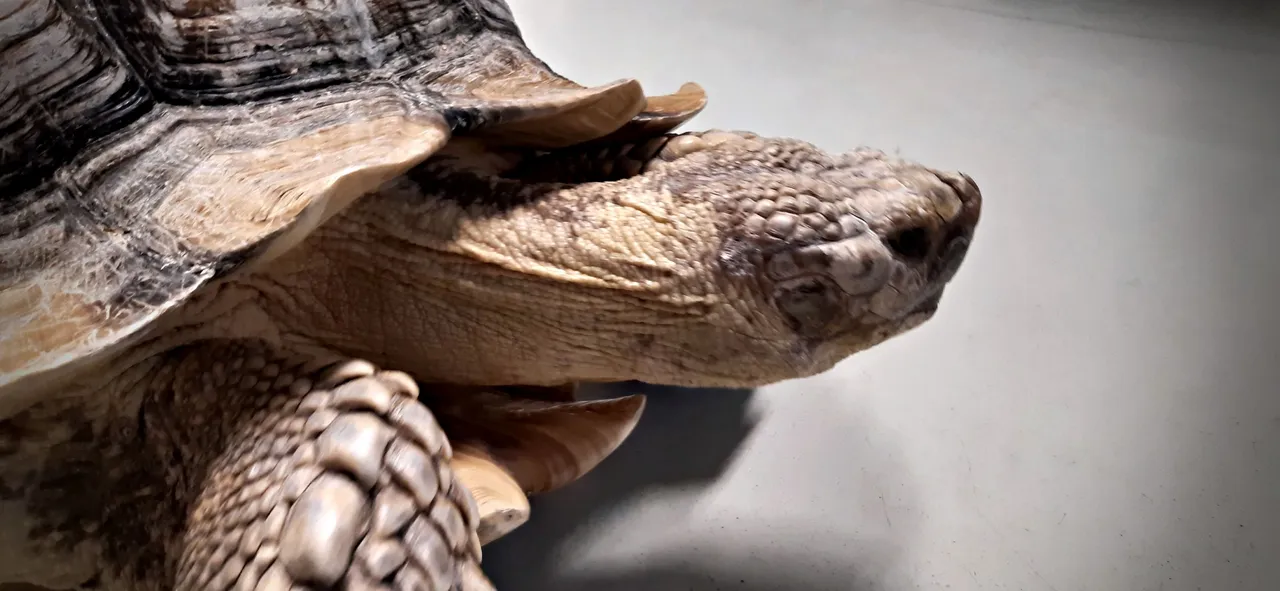

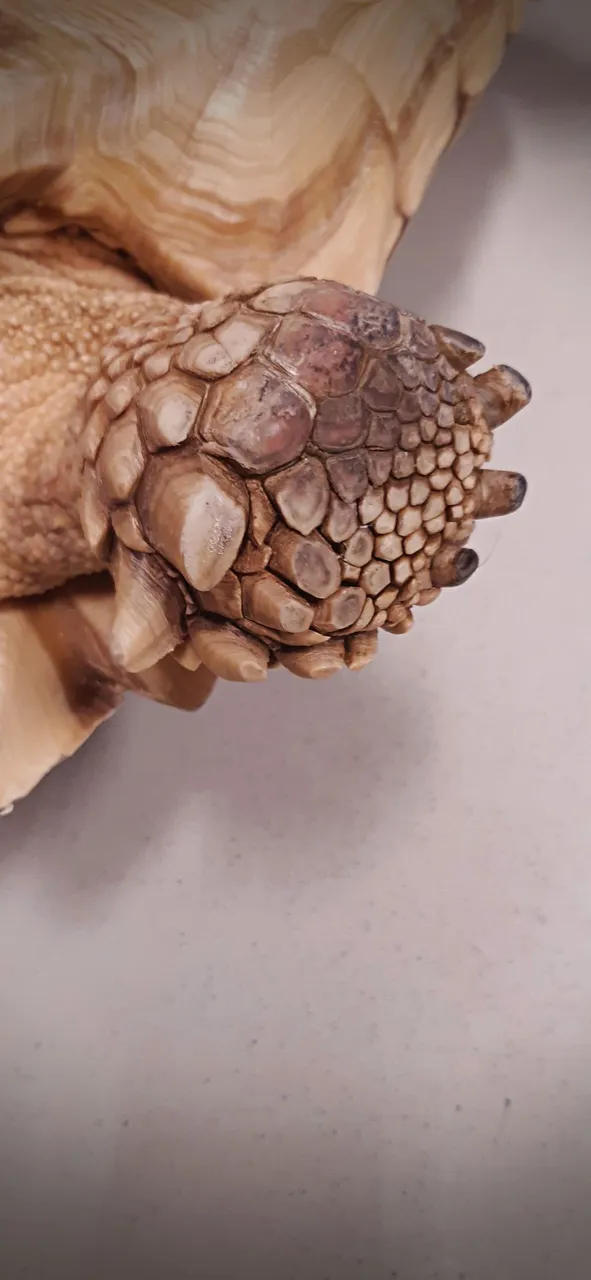
Centrochelys sulcata, also known as the African spurred tortoise, is originally from the African continent, more specifically from the southern region of the Sahara desert, among other places. And although this species is currently endangered, it has virtually no natural predators when it reaches 30kg live weight, but the same cannot be said of its eggs, which collect a long list of tireless predatory gourmets.
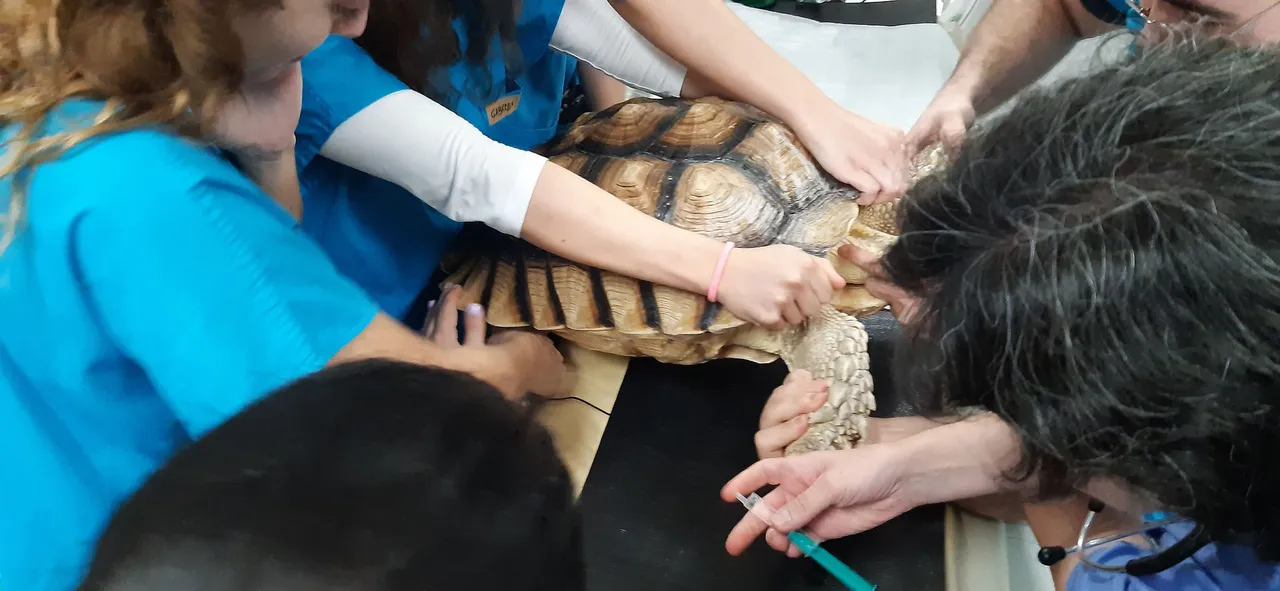
Gentle physical restraint, in order to access the dorsal cervical vein...
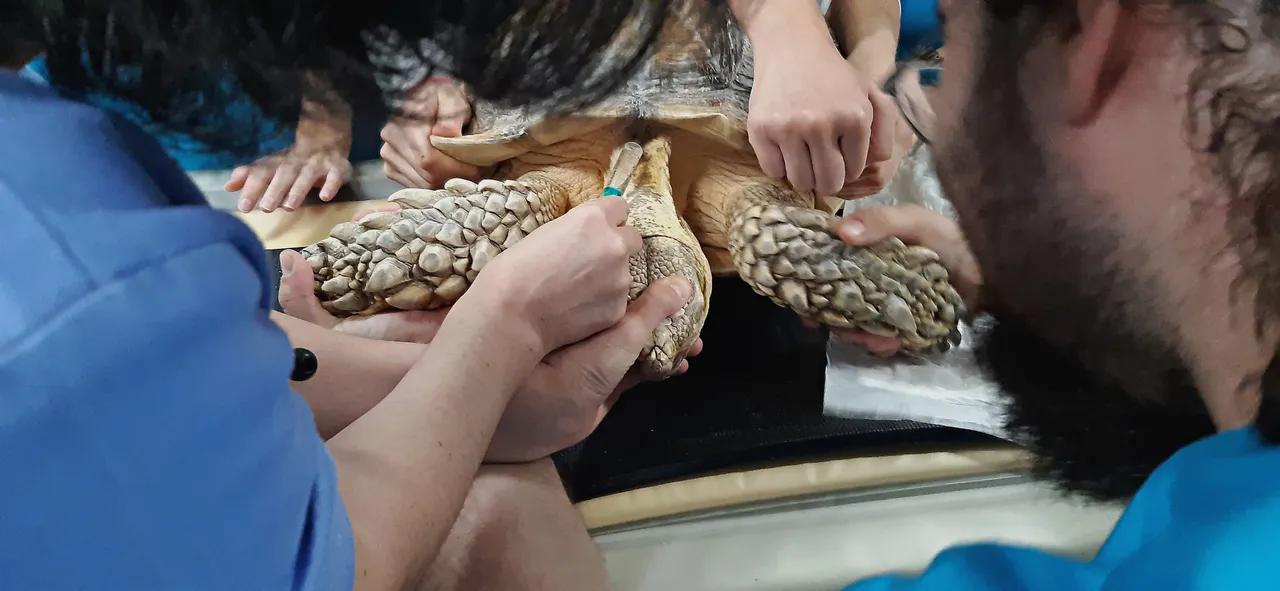
...but as this was not possible, we preferred to use the right external jugular vein, which was not documented
The reason it is considered an endangered animal is due to urban pressure, which is devastating their natural habitat. The C. sulcata is the third largest turtle in the world.
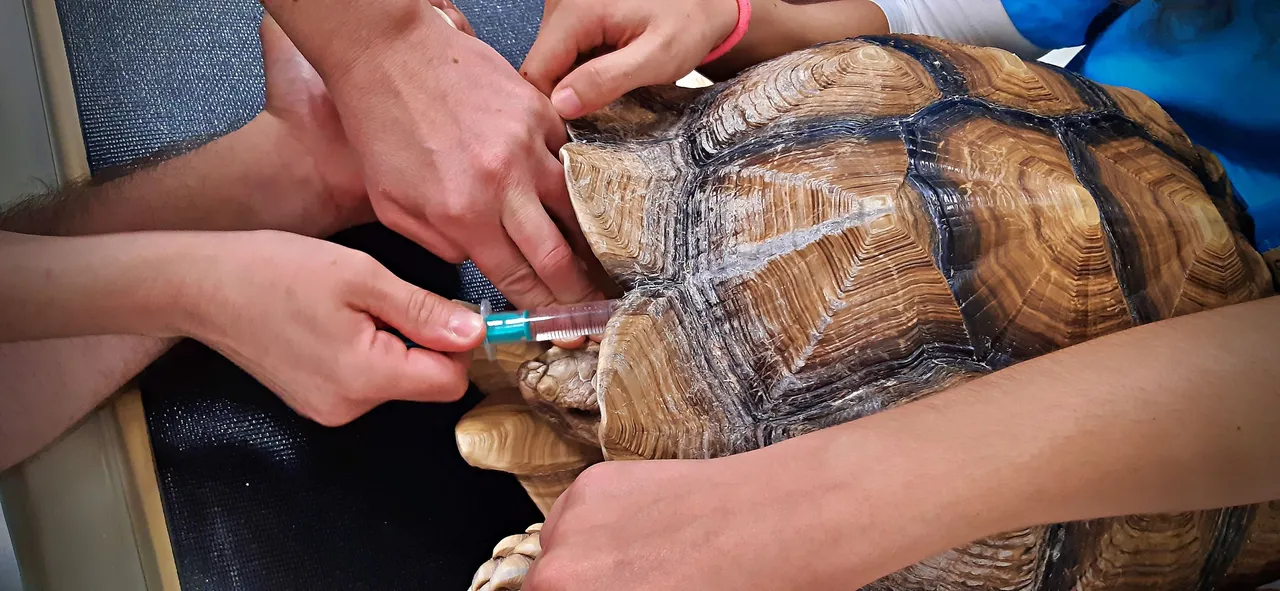
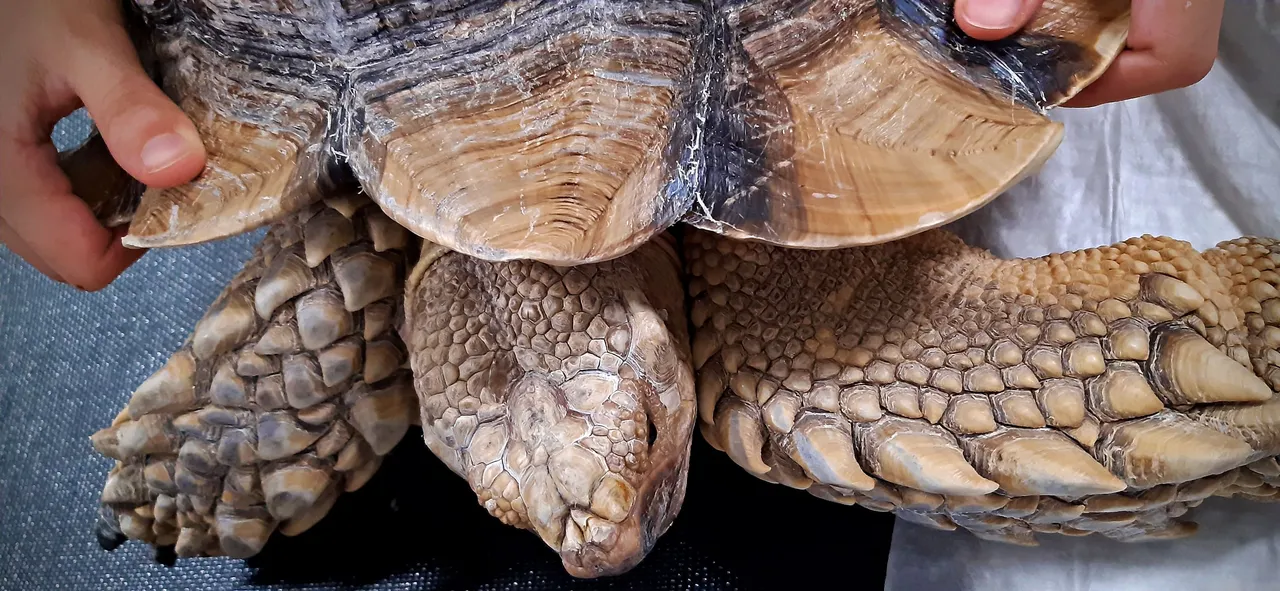
Average life expectancy can reach 54 years in captivity, rising to an impressive 75 years in the wild! And the numbers aren't just impressive in terms of longevity, when it comes to weight, the males of this species can reach an average of 81kg, although there are specimens that exceed 100kg, reaching close to 110kg!
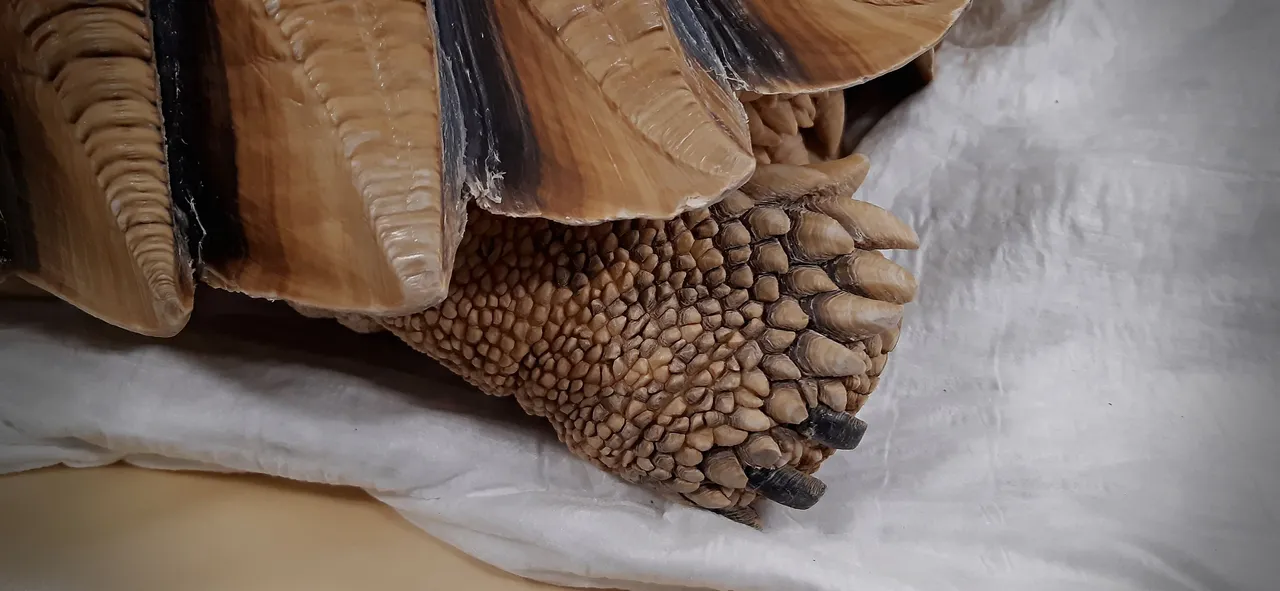
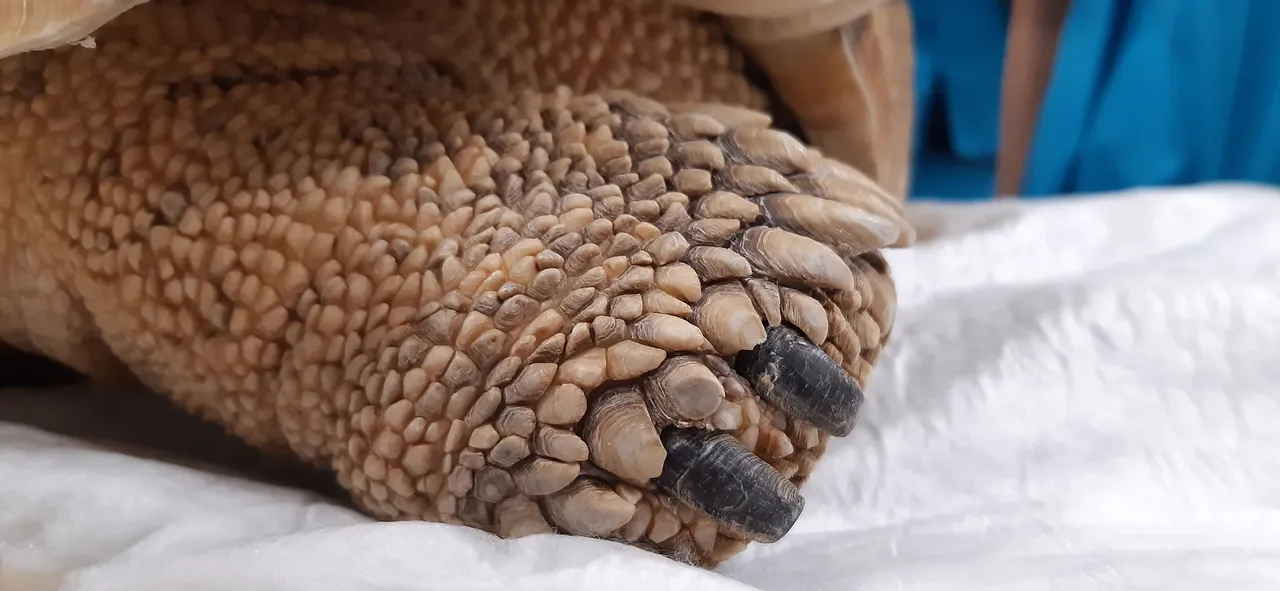
How can you don't fall in love with this scales?
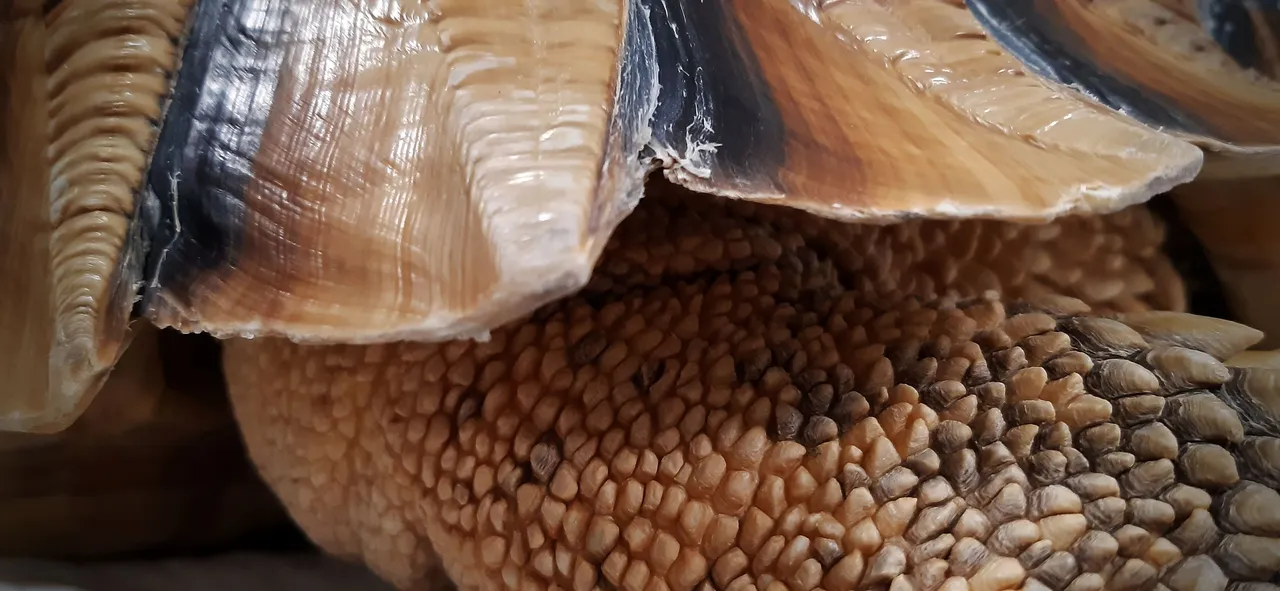
impressive
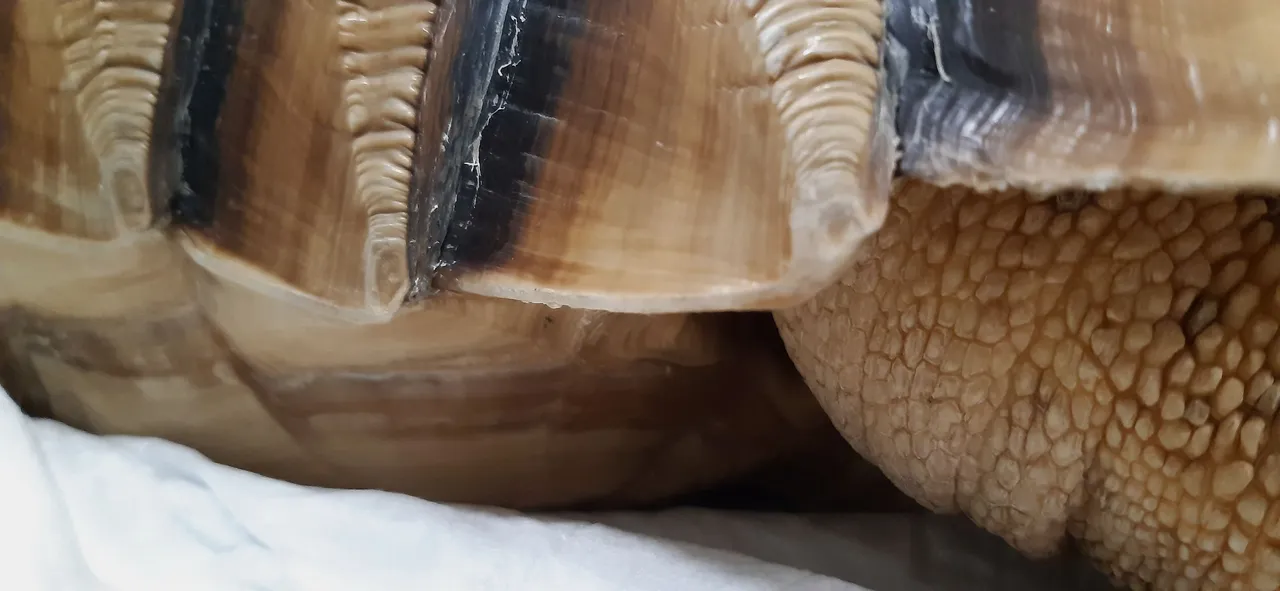
An animal that is believed to have inhabited the Earth for 55 million years, these reptiles from the Testudinidae family are docile and passive. They are almost exclusively herbivores, feeding essentially on grasses, succulent plants and hay, although eating corpses may be part of their diet, but to a lesser extent. Their habit of burrowing underground is an important strategy to protect themselves from the heat and maintain the necessary humidity. Although they don't hibernate, they are capable of reaching a state of dormancy known as Aestivation.
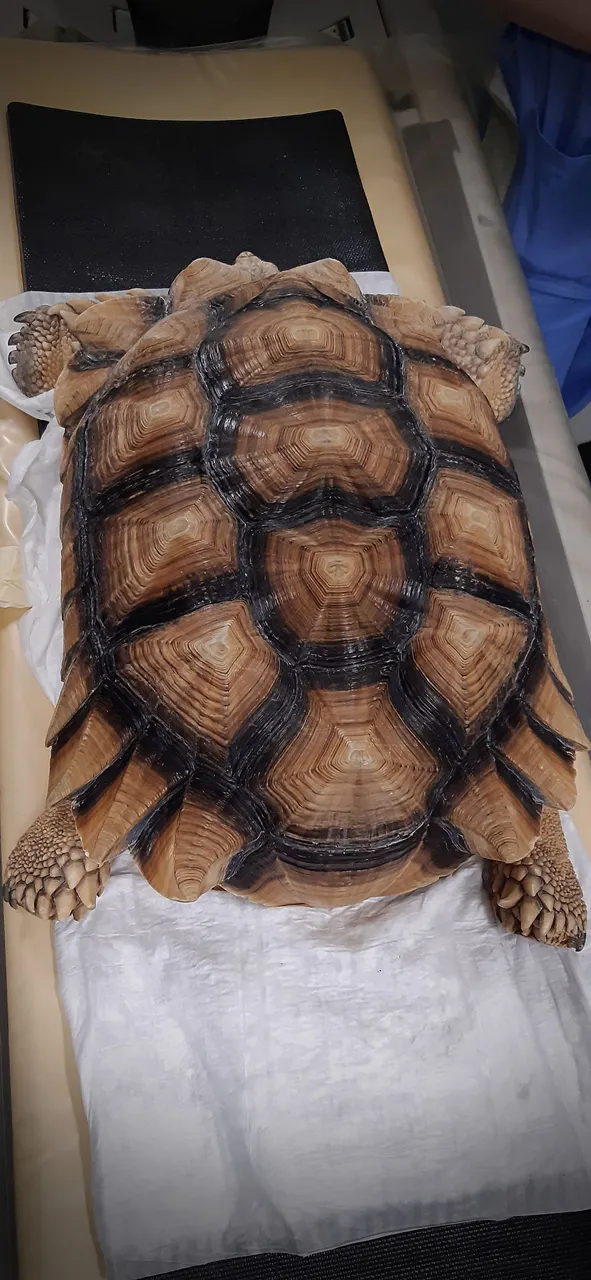
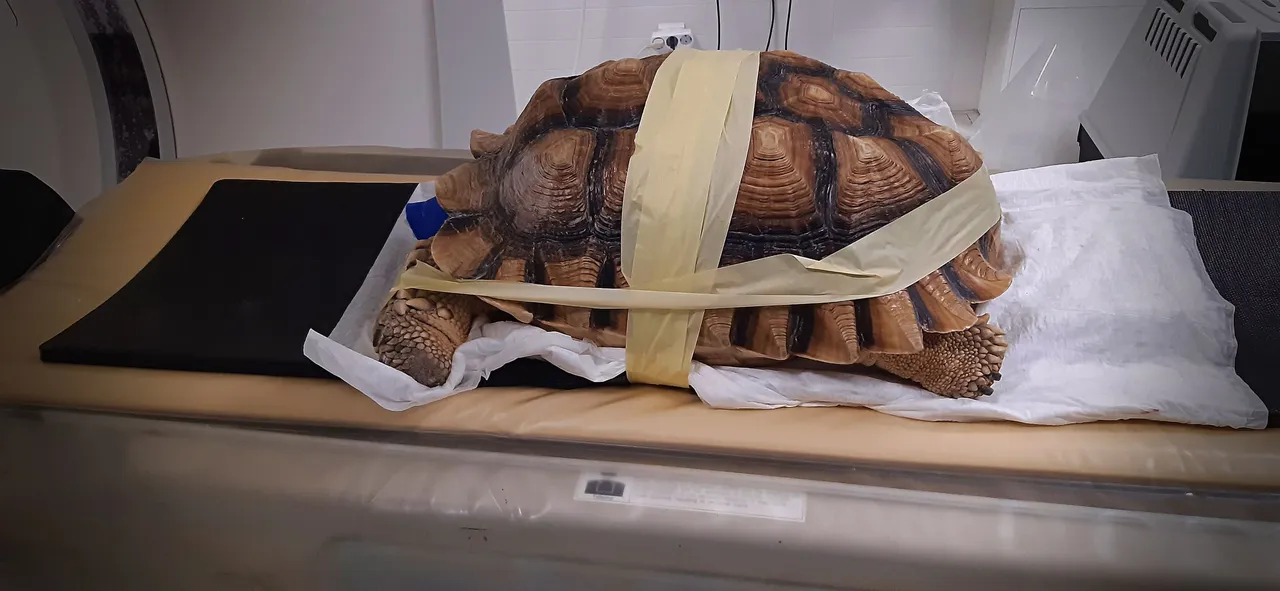
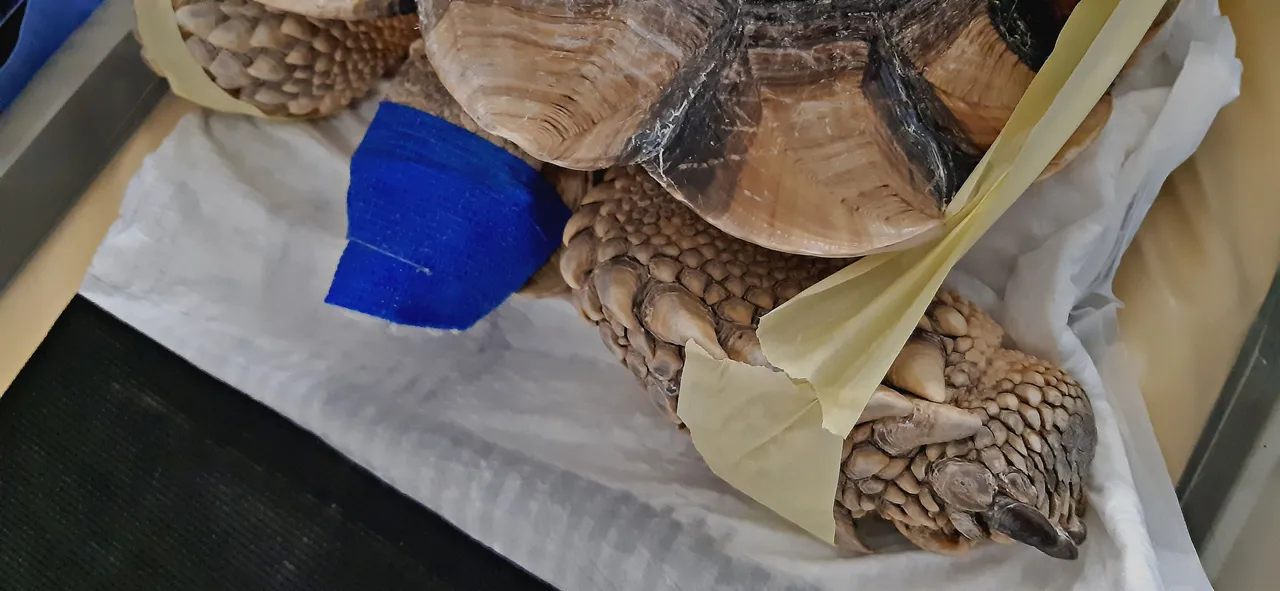
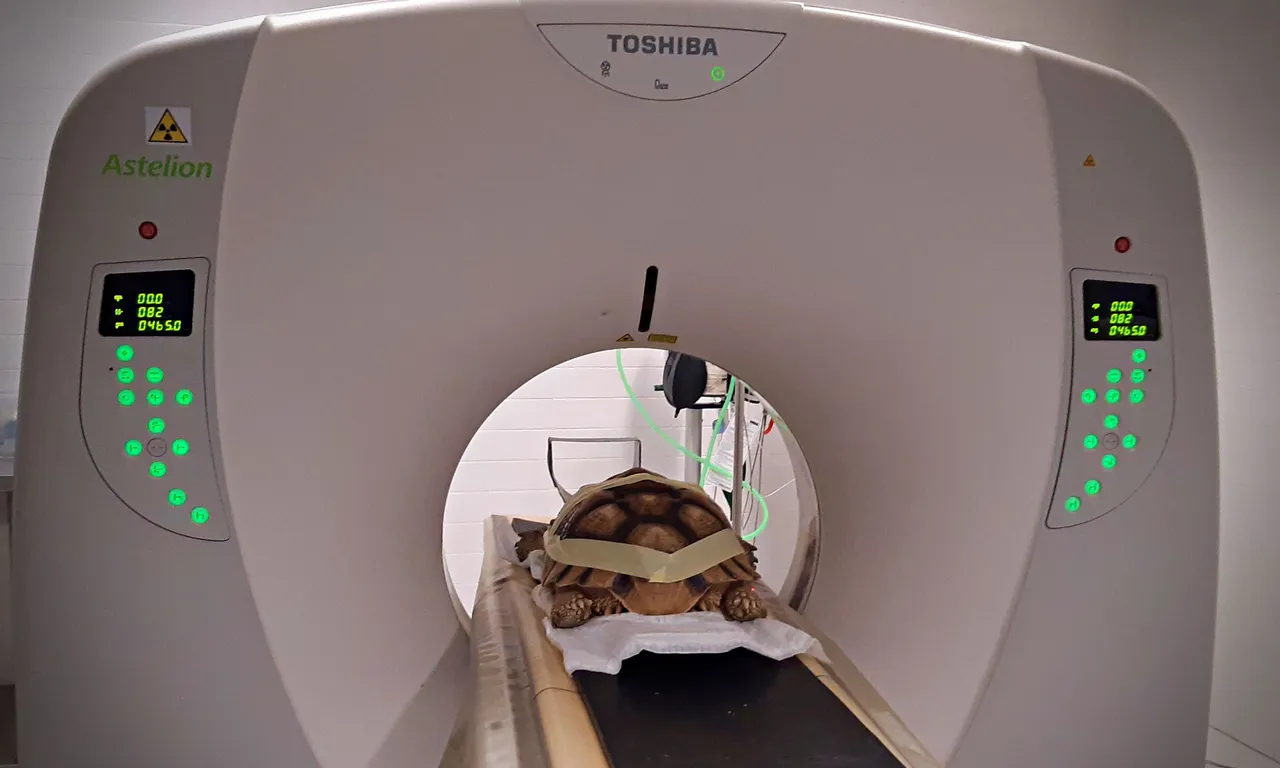
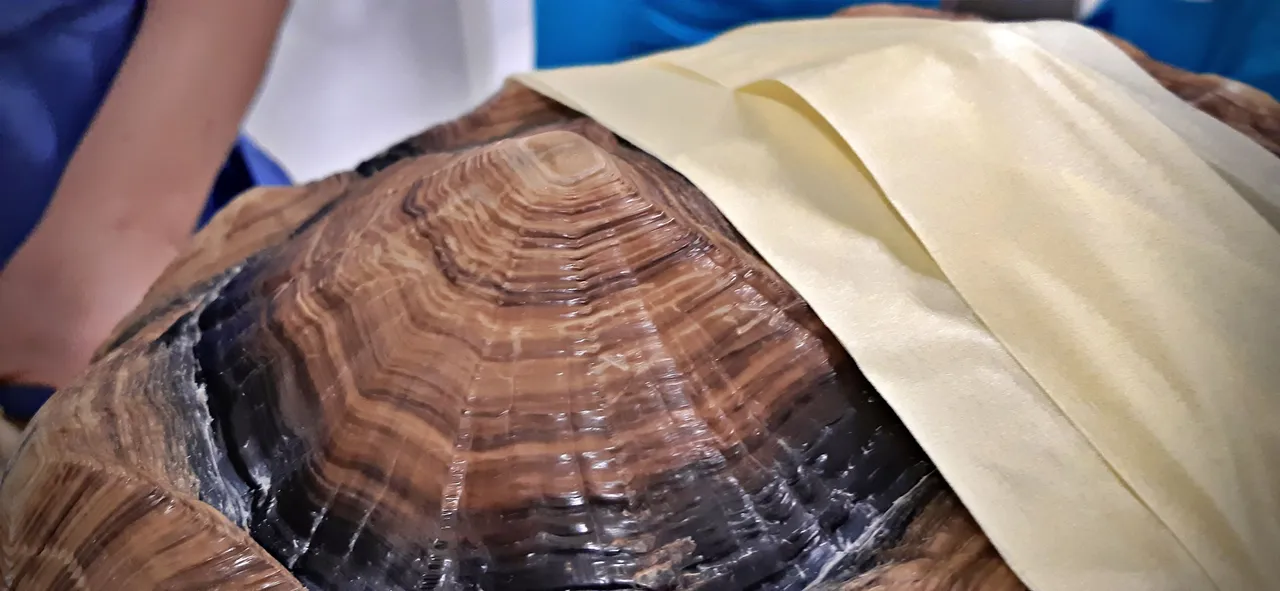
Their impressive scales that cover their limbs, as well as the pyramidal scales that make up their carapace, make them a magnificent animal that is easily the object of curiosity and admiration.

First photo after the end of the CT scan, and still under sedatives

I know could capture with much more detail the head
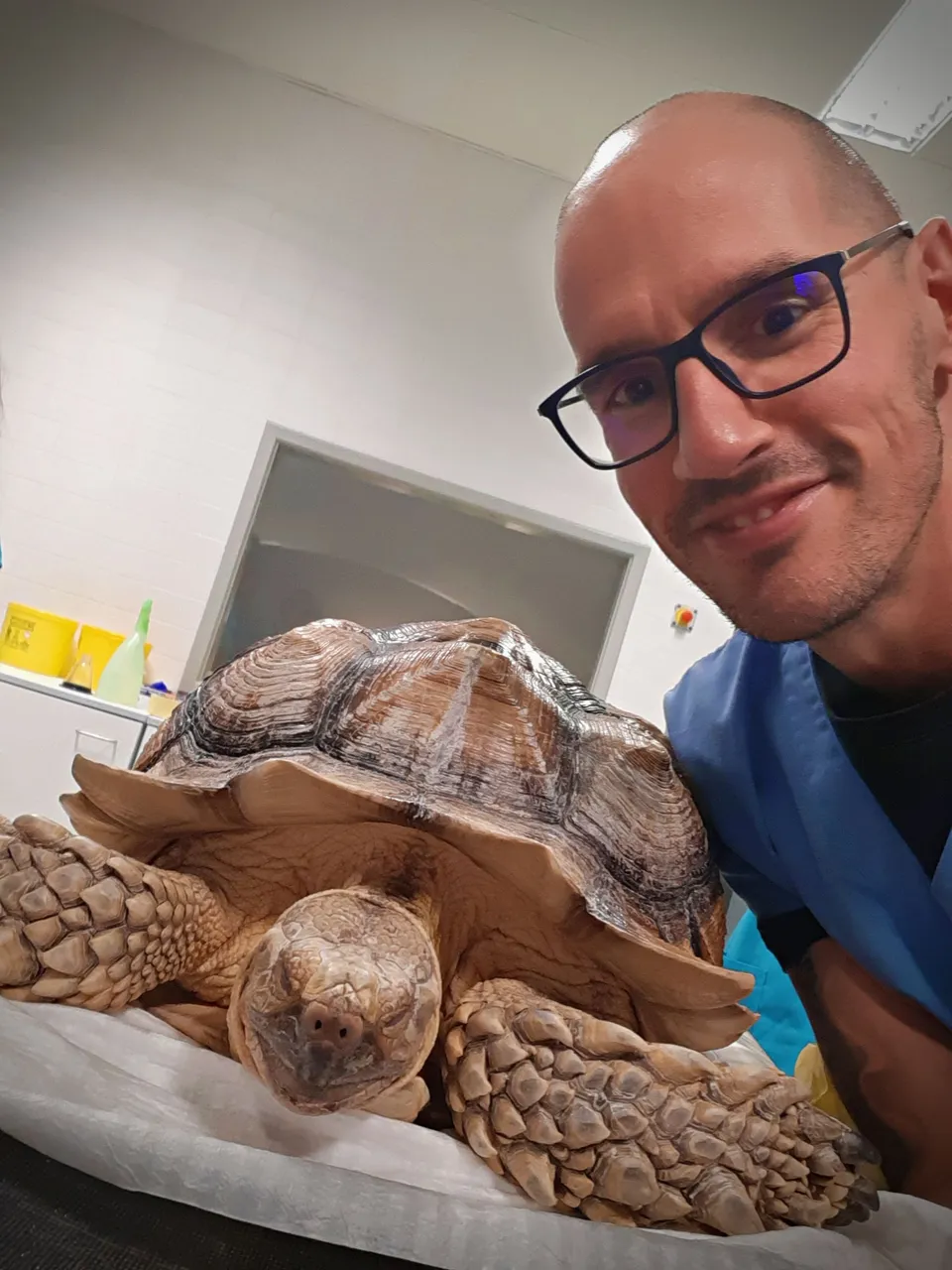
Selfy mode, because I don't even know when I will have another chance to be so close to this impressive specimen
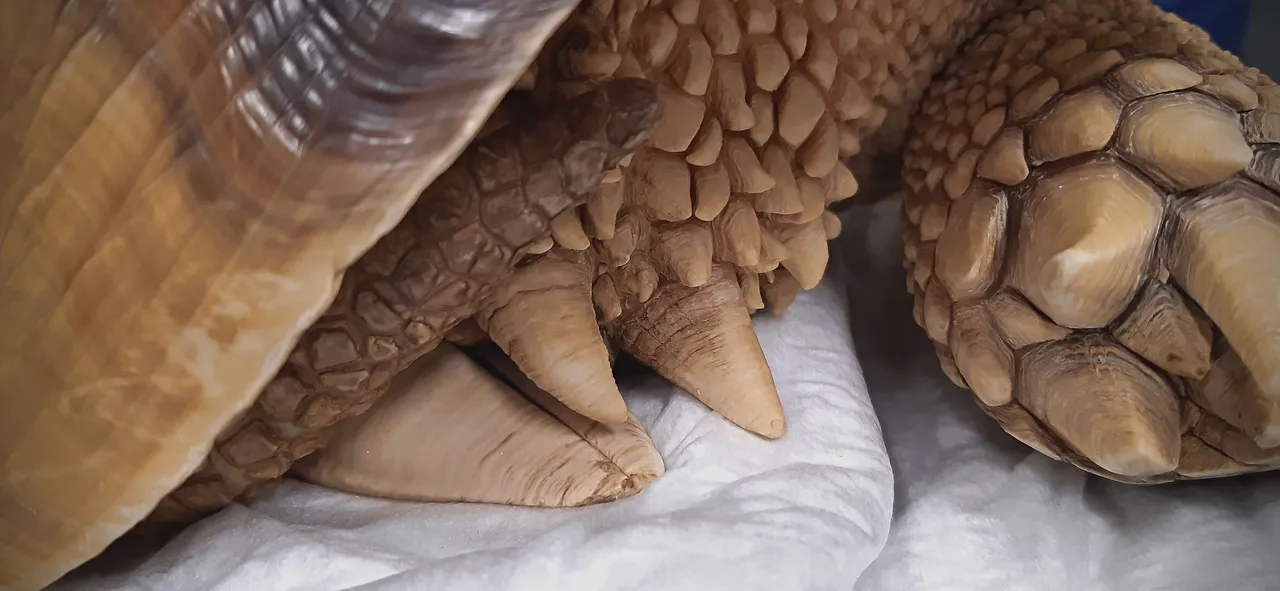
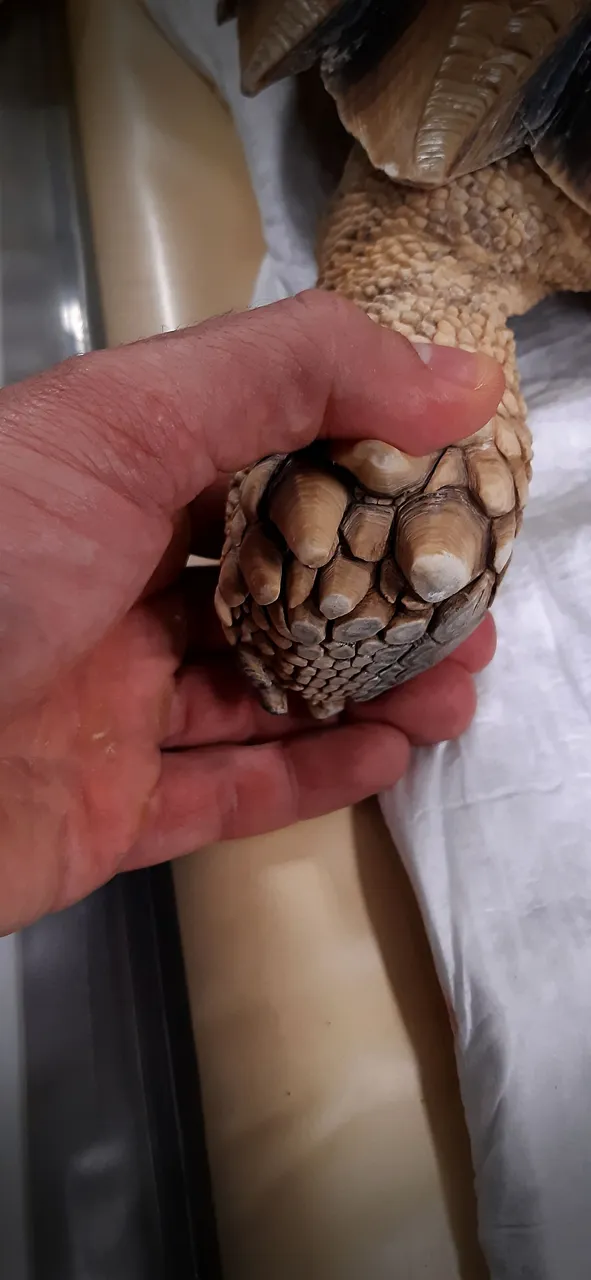
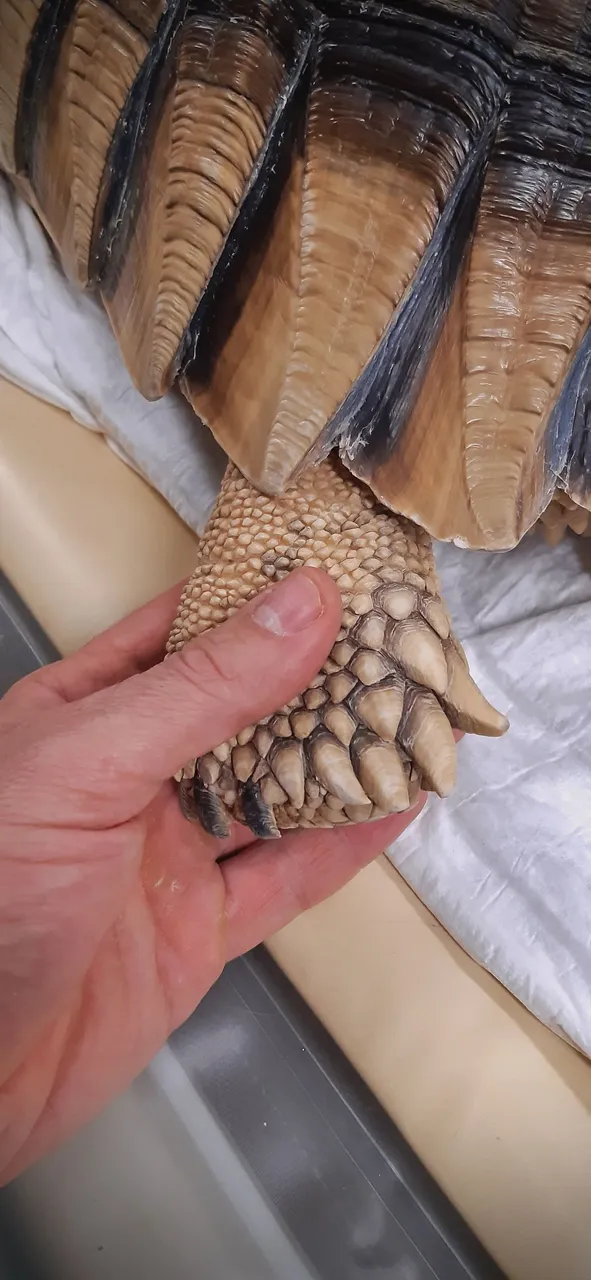
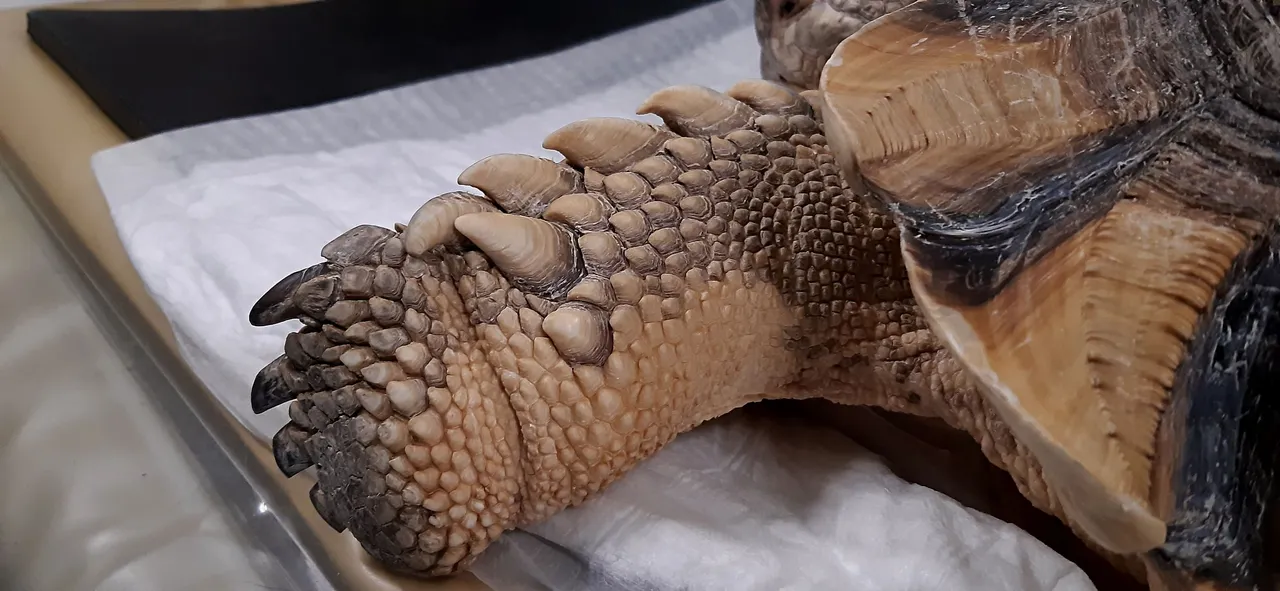
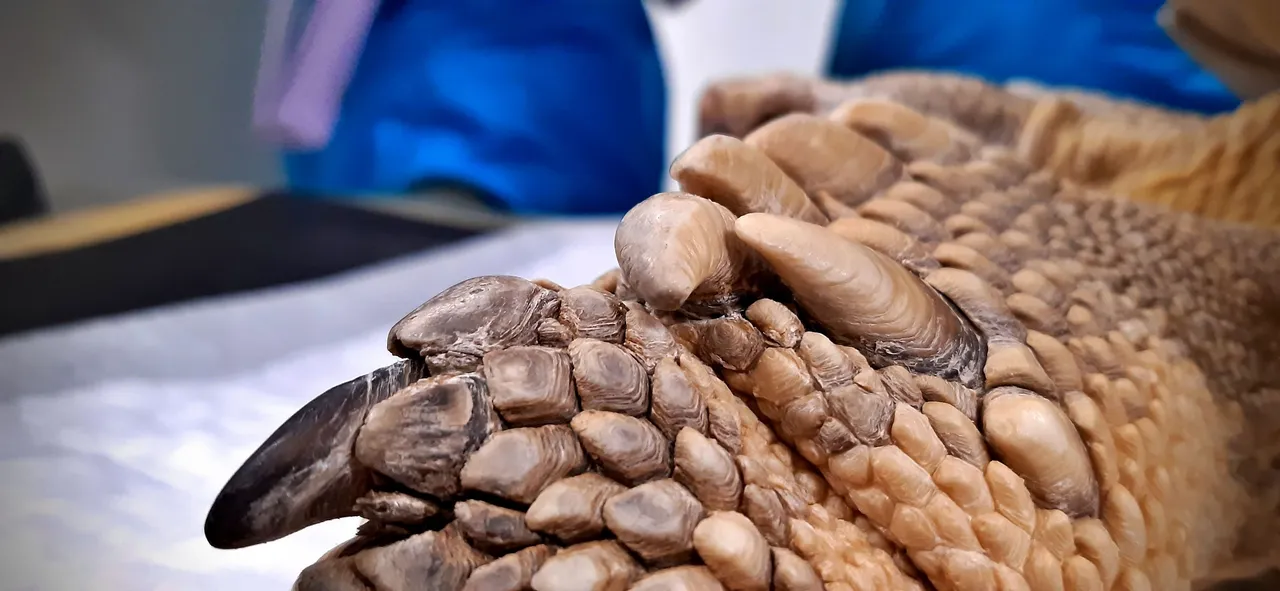
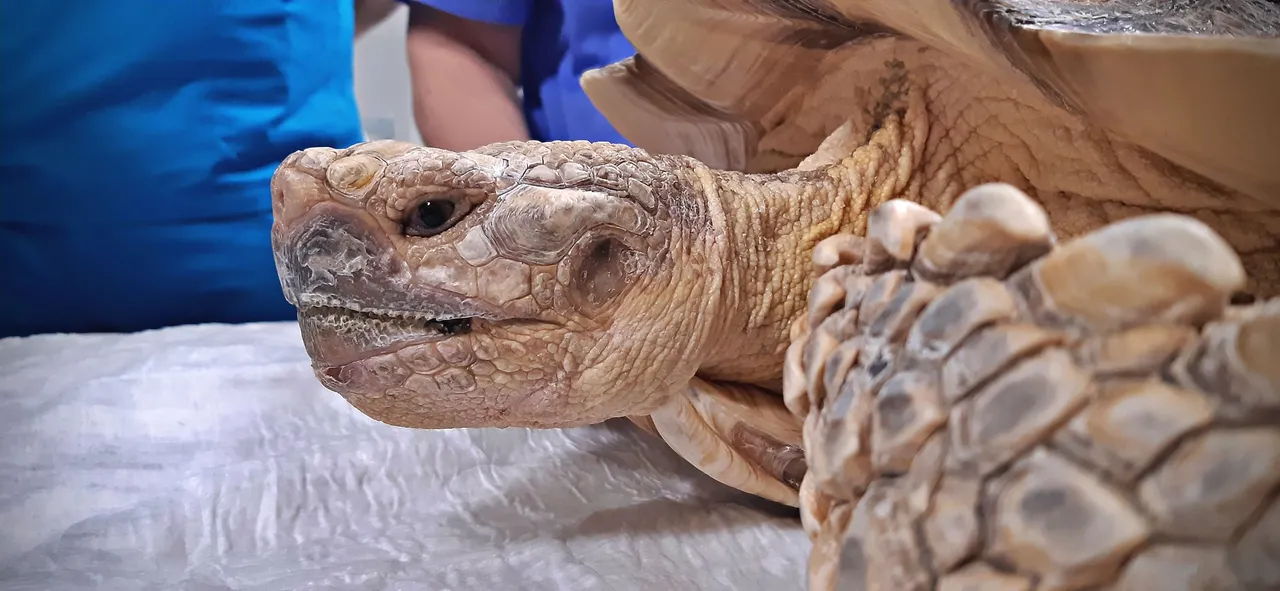
You can imagine the curiosity that this little 6-year-old aroused in the students who were at the Hospital that very morning.
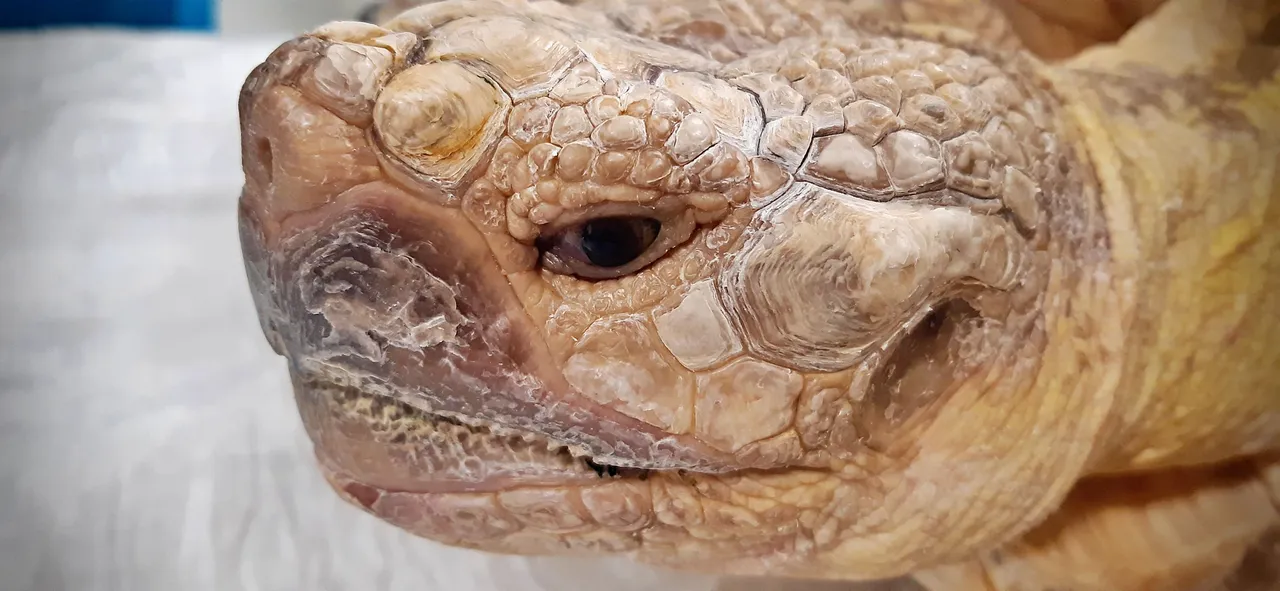

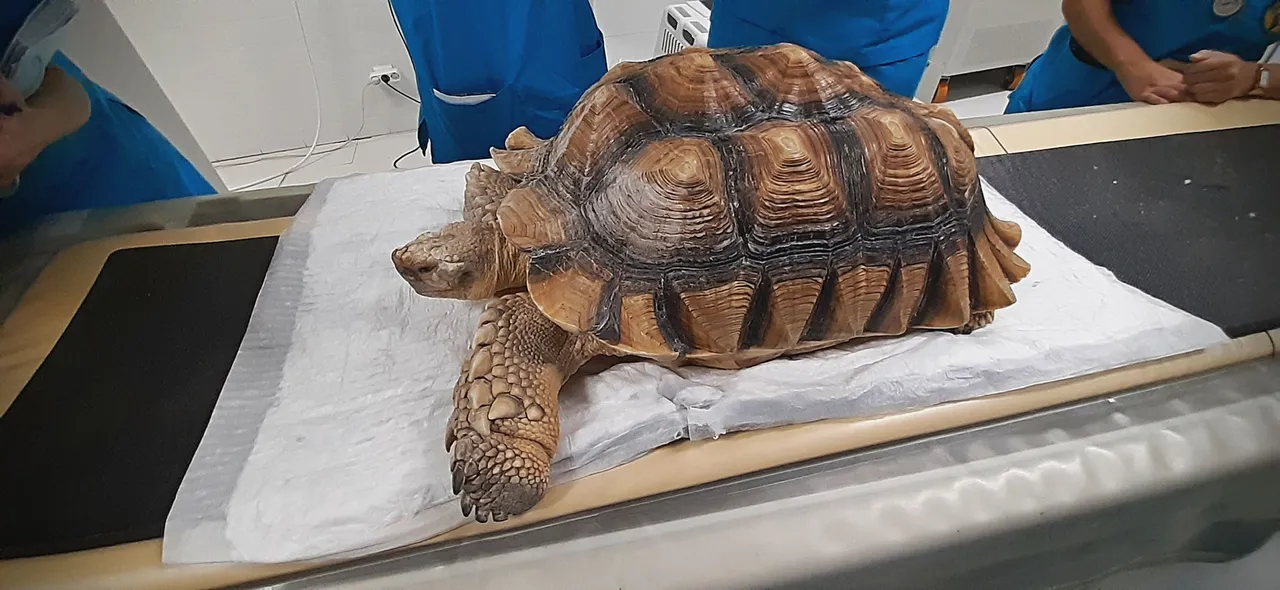
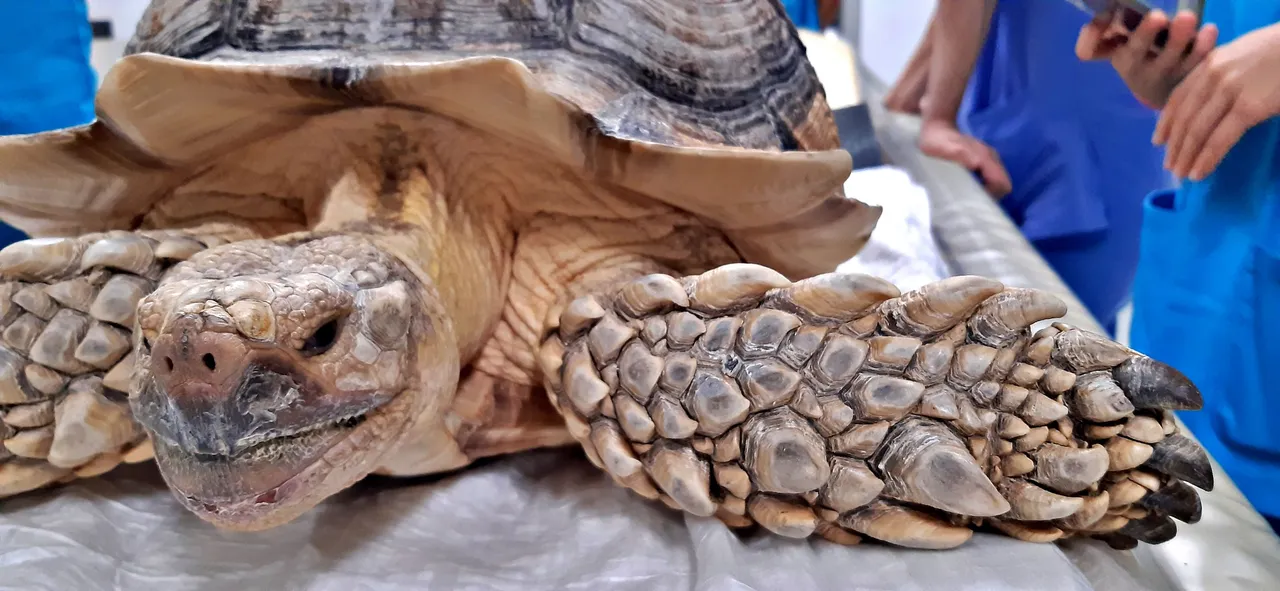
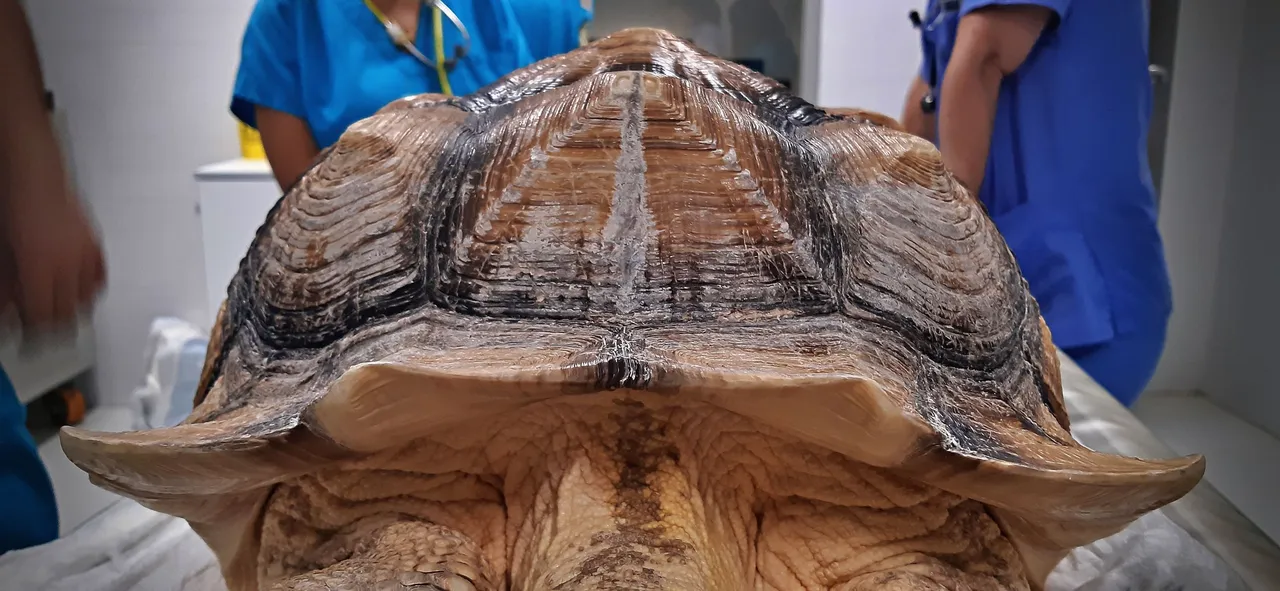
I hope you enjoyed the photos. Believe me, they don't do justice to the animal. The examination was carried out under sedation, and to help, we blindfolded the animal to reduce the stimuli it received (visual and also auditory). To limit involuntary movements, a paper tape was also used to restrict limb movements. As the CT scan was only of the coelomic cavity, deep sedation was not necessary.
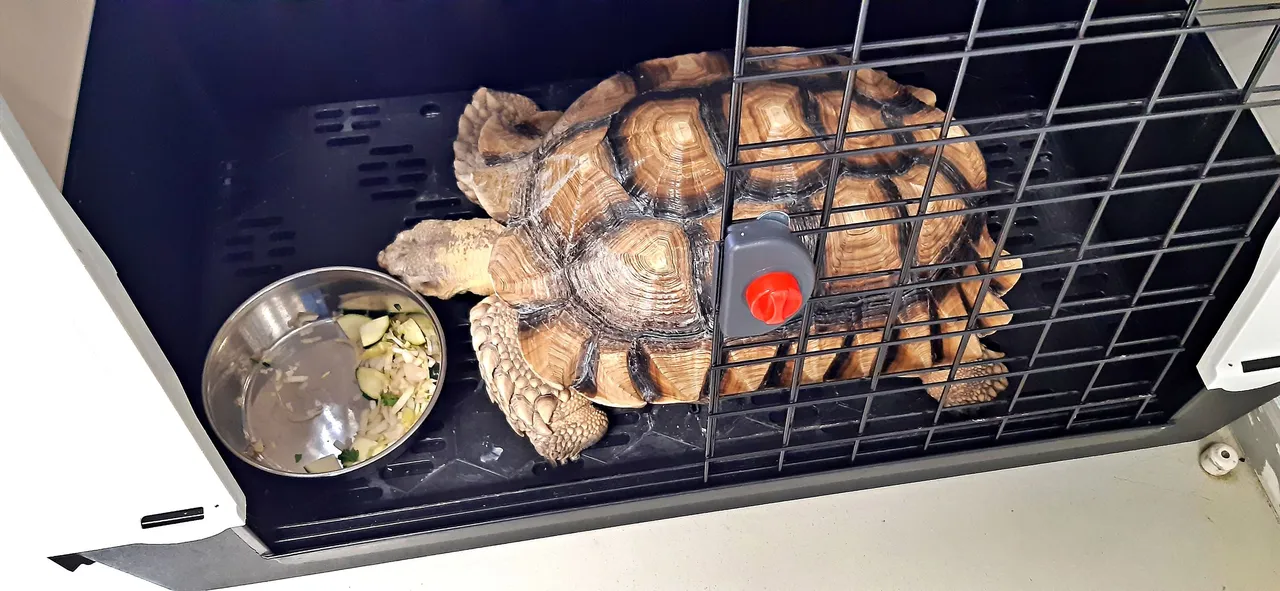
At the end of the procedure, our friend Logan woke up with quite an appetite and devoured almost half of his fresh salad, which the owner had prepared beforehand and left for us to offer him after the examination.
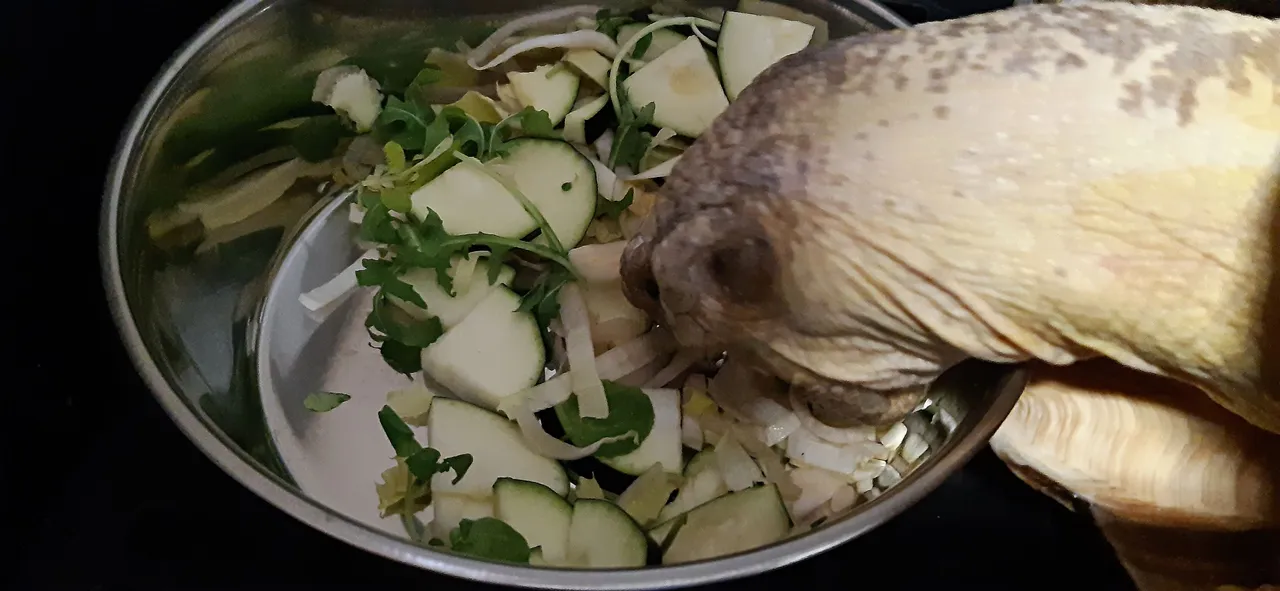
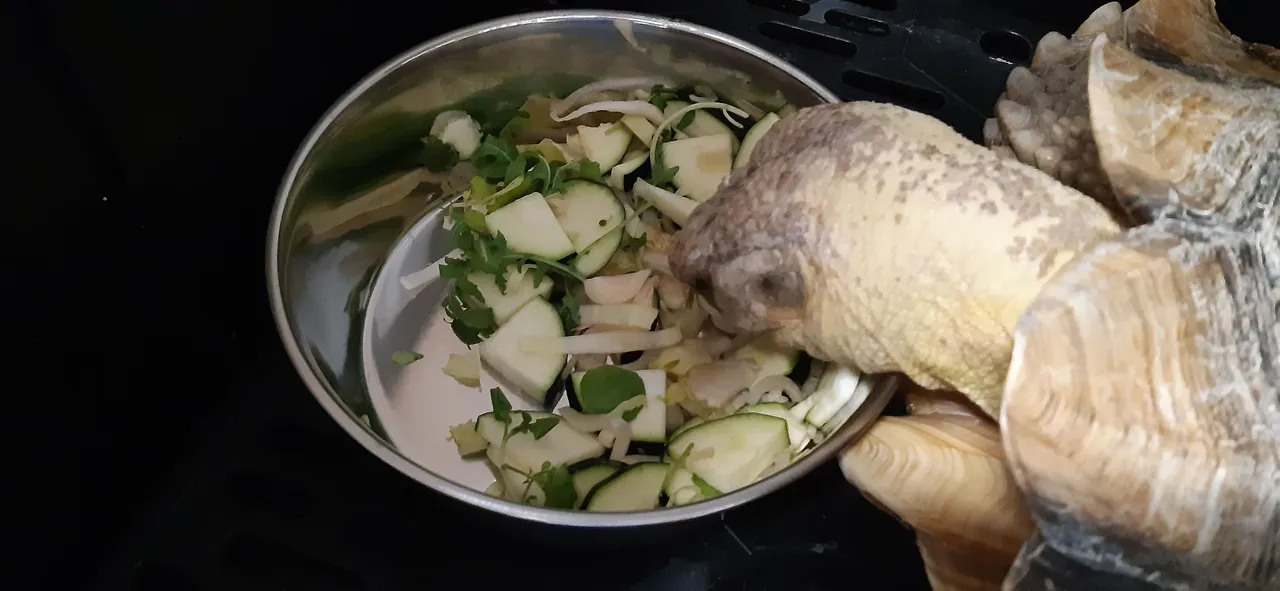
I hope you liked my first post in this community!
Bem Hajam 🍀
Photographic edition with PhotoScape X
